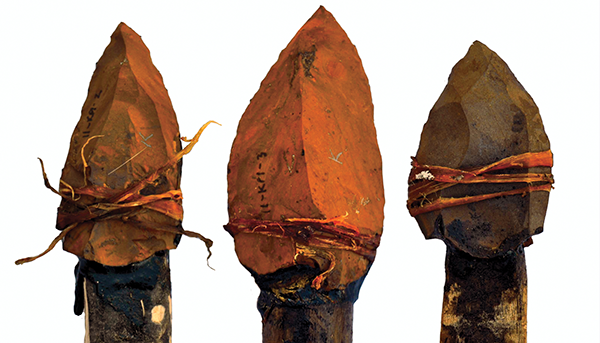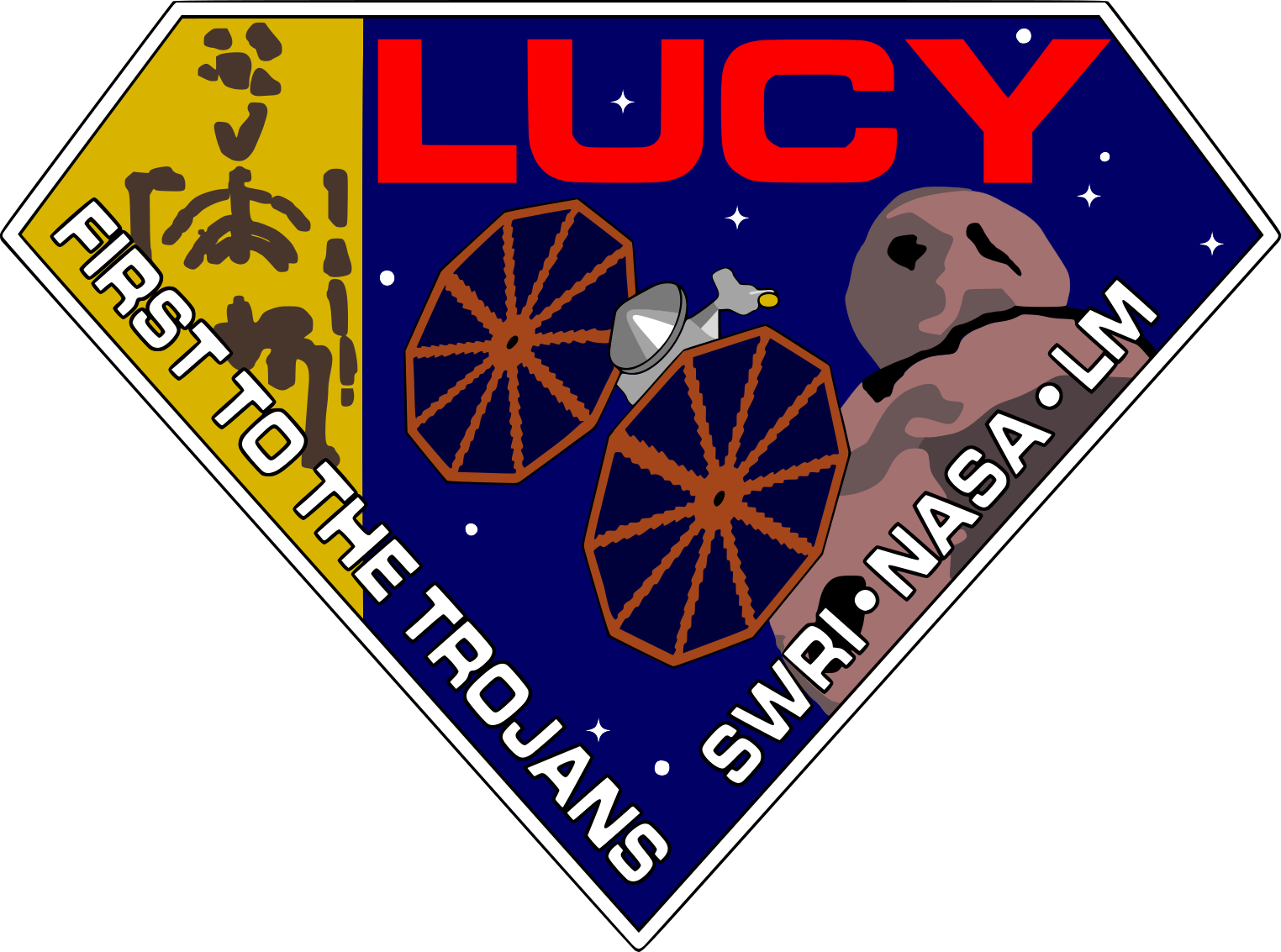
High School Second Place Winner
Aarav Gupta, 9th Grade
Bellamine College Prep, San Jose CA
Once upon a time in 3.2 million B.C.E, there was an Australopithecus afarensis named “Lucy.” Lucy loved to roam around and explore new areas of the territory around her. She continued to discover more about her surroundings and became fond with the planet Earth; however, there came a day, when a few questions came to her mind: “Who am I? Why am I here?” Lucy sadly did not know the answer to these questions of discovery about her past but continued searching the world looking for more amazing things the world had to offer by using this sense of discovery instilled in her.

Art by Aarav Gupta
Approximately 3.2 million years later in 3000 B.C.E, gurus and scientists of the Indian Empire in South Asia look up into the sky and start studying the vast space for the first time, and asked a question: “What is that?” The stars and endless swirls of galaxies interest them so much, that they find out how to create a calendar using the stars and planets and are successful in creating one. This became known as the Hindu Calendar.
As time passed by, the era of technology and exploration came in the 20th and 21st centuries A.D. In fact, the only reason we know about the human descendant, Lucy, is because Donald Johnson and Tom Gray found the Lucy fossil in 1974 A.D. An aeronautics program called NASA launches the Moon mission, Lucy Spacecraft, and many other spaceships into space to answer the question asked by many in the past: “What is that?” The Moon Landing in 1969 A.D was the first time man had stepped foot outside of the Earth. This was just one of many missions to come! Numerous other space missions like the Voyager spacecrafts in 1977 A.D that went outside the bounds of Pluto for the first time and the Mars rover landings from the late 20th century to the 21st century were sent out. NASA sends out the Lucy Spacecraft to explore the Trojan asteroids, a part of the Asteroid Belt that contained rocks from the early times of our solar system. It gives the scientists new information on the formation of the planets and asteroid belt and answers questions about the origins of our solar system. Because Donald Johnson and Tom Gray found out about the Lucy fossil, which let us learn more about us, humans’ past, the Lucy Spacecraft uncovered the hidden mysteries of our solar system.
Finally, another 1 million years later, we reach the present day, 1 million A.D. Today, in the year 1000000, space exploration has evolved tremendously. Space missions to the Andromeda Galaxy are no longer missions, but family trips. With just the price of $1000, you can explore the galaxy! And yet, until today, we never found a message hidden in our very own galaxy: the Lucy Spacecraft Message. The spacecraft was found on an asteroid near Jupiter. We dissected the primitively designed spacecraft and found a message hidden inside. It showed us the past of humans from the Australopithecus afarensis named “Lucy,” to the first time humans looked up and researched the heavens, to the Lucy Spacecraft. All these things have been recorded in this message that I now pass down to the future of humankind. Not only have I written this as a record of the past and to answer the questions about our past, but also as a message, just as the senders of the Lucy Spacecraft intended to give to us. Throughout human history, we have always strived to explore and discover new things, and today I pass on that tradition to the trillions of humans that will come after me.
Be Part of
Ask An Anthropologist
By volunteering, or simply sending us feedback on the site. Scientists, teachers, writers, illustrators, and translators are all important to the program. If you are interested in helping with the website we have a volunteers page to get the process started.



